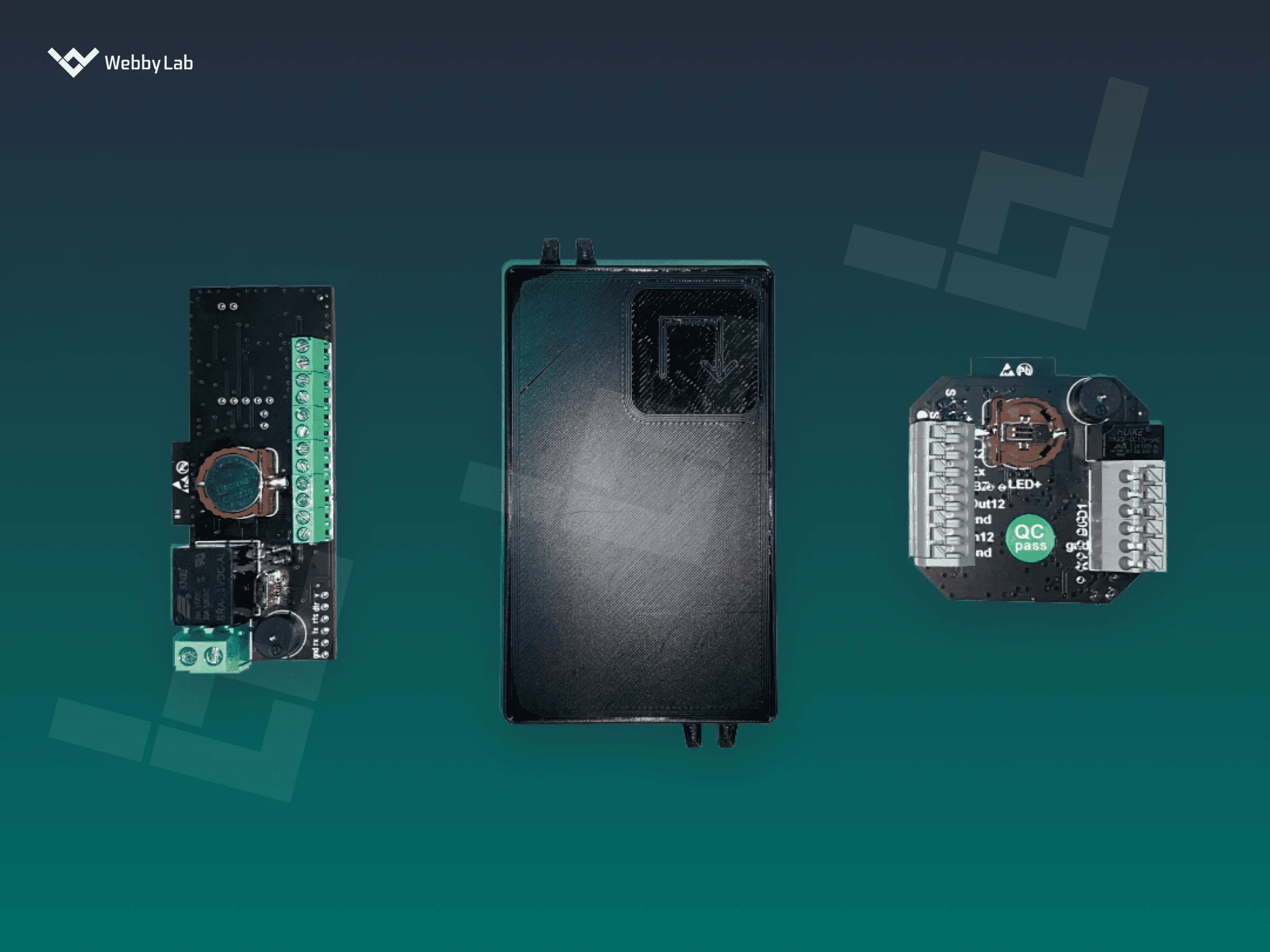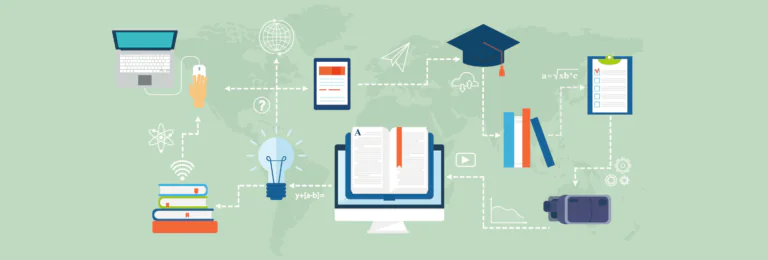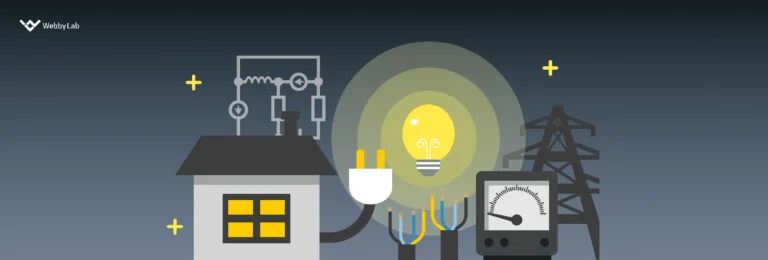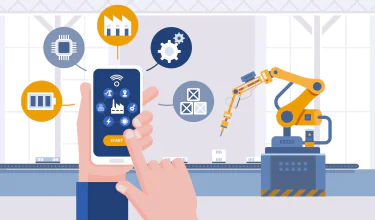Detailed Guide to IoT-Based Smart Parking System Development
Written by:

Kostiantyn Oliynyk
Head of IoT at Webbylab
With a robust academic background in Telecommunication Systems Engineering, I apply my knowledge to lead innovations in the IoT domain. Starting as the first team member in the newly formed IoT department at WebbyLab, I've spearheaded its growth, fostering the expansion into embedded and hardware development alongside our core software projects. My dedication lies in pushing the boundaries of IoT technology, fostering a culture of innovation and excellence that profoundly impacts our clients' operational success.
First, you decide on the IoT hardware you’ll use in the parking lot. Then, you connect the devices and sensors with the microcontrollers through protocols. Also, you need to use cloud-based services for data collection and transmission. Finally, you create a mobile or web app for parking management.
Yes, WebbyLab can assist with hardware selection or development for your IoT smart parking system. We’ll ensure the sensor and device connectivity with the software part of your system.
It depends on your business scale, particularly, the number of sensors and devices involved. The cost also includes IoT app development. Yet, such a system’s price will start at approximately $30,000.
An IoT smart parking solution helps tackle the overcrowded parking lots issue by collecting real-time data on parking spaces.















